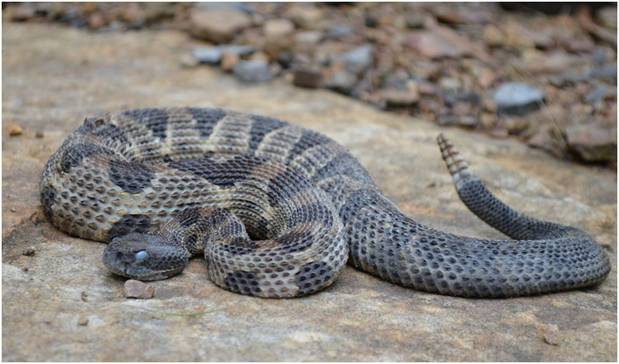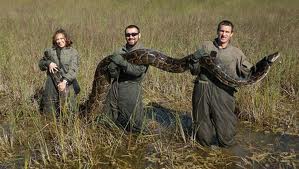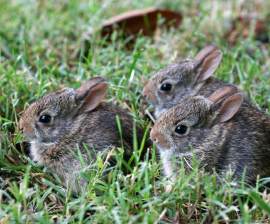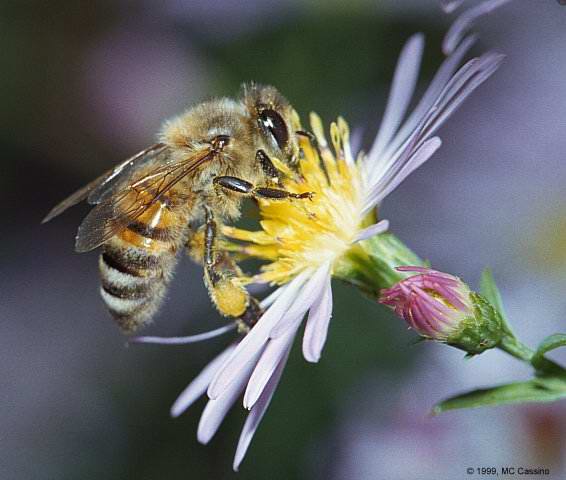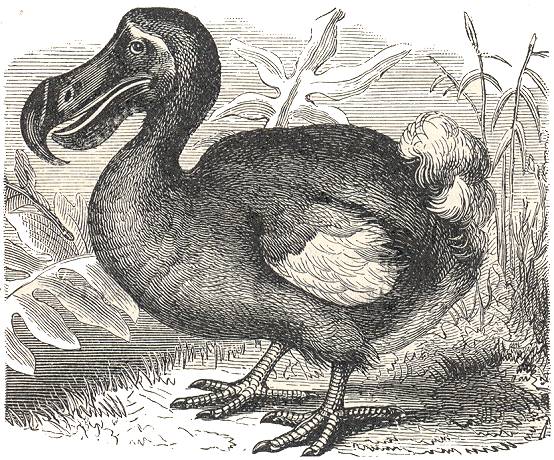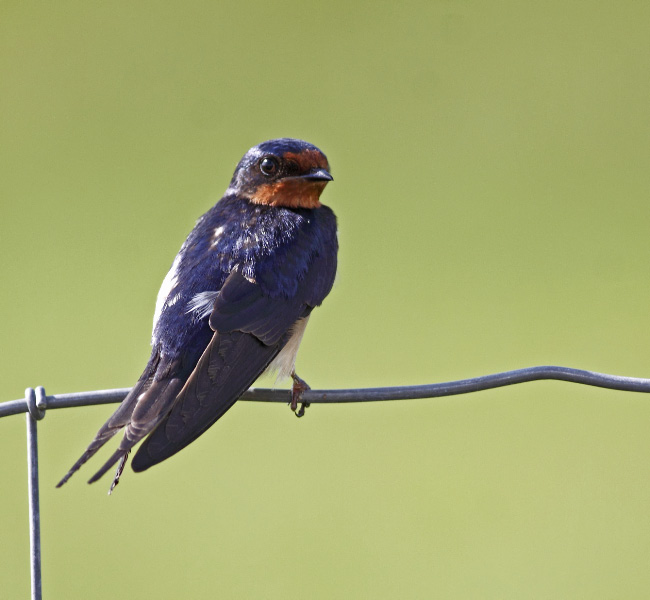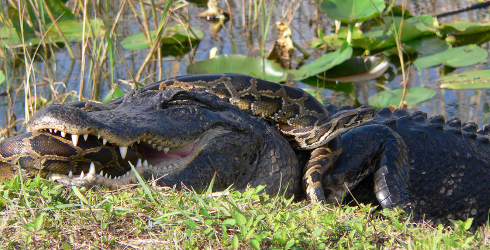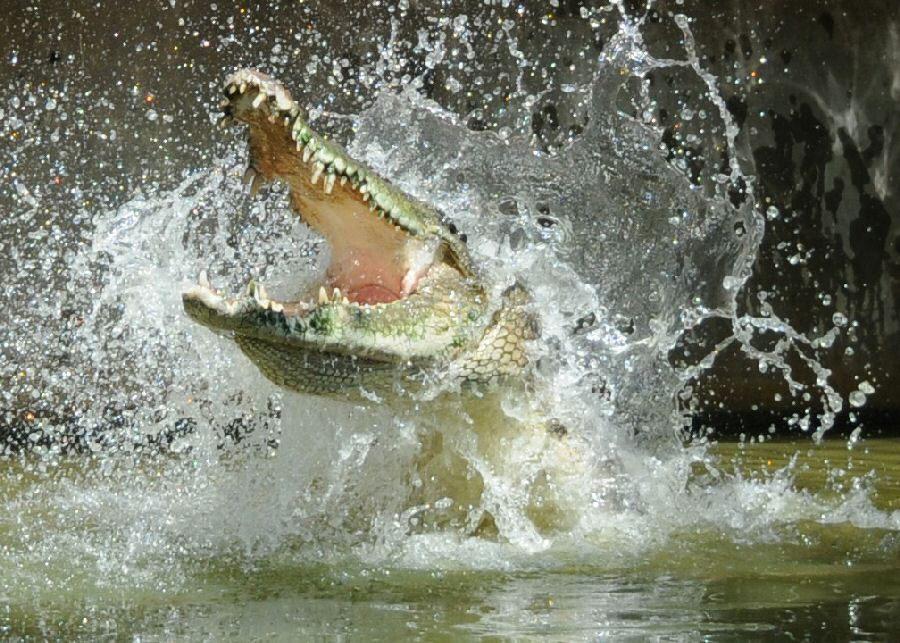This year, 2012, has been an exciting time for the Timber rattlesnake population and reproductive assessment survey research. The driving force behind this project was to better understand how human presence in the north eastern part of their range has affected overall rattlesnake numbers and breeding success compared to previous data. In addition, we wanted to learn more about Timber rattlesnake behavior so that we can educate the public and help them better appreciate the importance of this magnificent snake. Having begun this project in 2011, it was a frustrating year as all the specimens we were finding had been …
Timber Rattlesnake Survey
